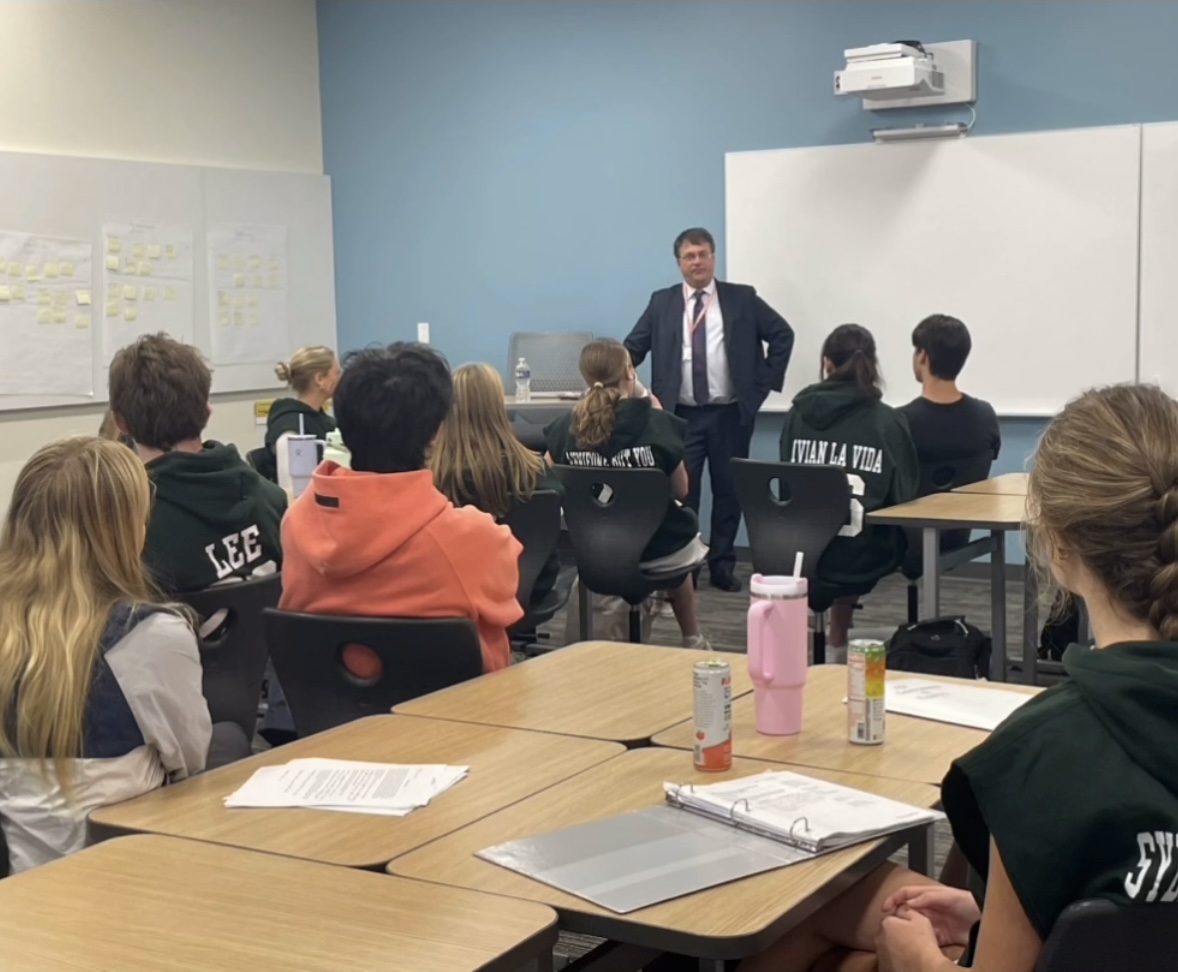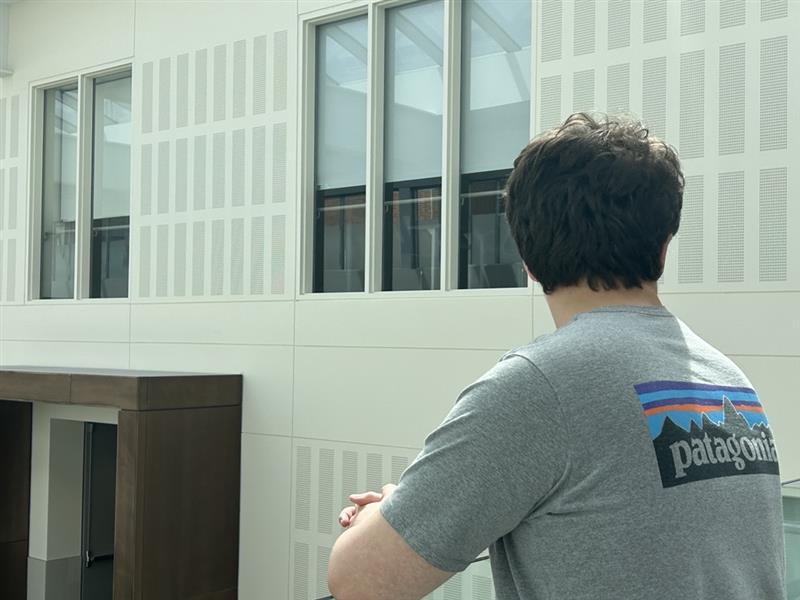New phone apps are constantly entering the market, making it difficult for any one to stand out from the mix. But a new only-for-iPhone app called Vine has managed to catch the attention of tech experts and enthusiasts in the last couple of months, both for its concept and for its affiliation with Twitter.
In a sense, Vine is similar to Twitter—just with videos instead of words, and a six-second limit instead of a 140-character limit.
Its format has also been compared to Instagram’s: a user holds his finger on the screen when he wants to capture video and takes his finger off when he wants to stop recording. This means that video-takers can pause as much as they would like to while filming.
From there, users can choose to post their creations to Vine, Facebook, or Twitter for their friends and followers to enjoy. Video content runs the gamut, from images of cute puppies to more controversial subjects.
In fact, Vine attracted criticism in January when a pornographic clip was featured on the “Editor’s Pick” list, forcing Vine’s age rating up from 12+ to 17+.
While Vine has not gained a large following at New Trier yet, it’s unlikely that this can be attributed to the high age rating, since high school students are not known for strict adherence to such rules. Besides, junior Hannah Altman explained, “I don’t think it’s a big deal it went to porn because everything goes to porn. That’s how the Internet works. I promise you that if you Google something, at least one result will be porn.”
So if the age limit is not keeping students away, why is it that most still say they have never heard of Vine? The most probable cause is simply lack of exposure to the app, as students with Androids or other smartphones don’t have access to it and it is still only about the 53 most popular free iPhone app.
Junior Emmy Friedler echoed the thoughts of most New Trier students when she said, “I think it needs better advertising. I’ve never heard of it.”
Additionally, many of Friedler’s peers can’t help but compare Vine to other, more popular sources of videos and social networking sites. “I don’t really have a use for that,” said junior Iris Chiou. “And I have the technology to make gifs myself, like Photoshop.”
After trying out the app for a few minutes, junior Kelsey Mone added, “I don’t think it will be popular because there already are gifs and memes.” However, she did acknowledge, “there are some interesting videos.”
Junior Kate Fehrenbach said, “It reminds me of Snapchat.”
Students are also less than enamored with Vine’s six-second limitation on videos. Although some tech commentators have hailed the concept for encouraging more creativity and conciseness of expression from users, students disagree.
“Six seconds just doesn’t really seem like a long time. You can’t do anything in six seconds,” stated Chiou.
Junior Crystal Hawley has her own reasons for declining to use either Twitter or Vine. “Tweeting’s kind of strange in the first place because you’re assuming that people are going to care about every little thing you do,” explained Hawley. “And six-second videos would be even weirder because why does anyone need to see you say that? I think tweeting’s only good for celebrities. But I get why other people do it. It’s just not for me.”
If New Trier were a focus group for Vine, its creators would have a lot of consumer criticisms to take into account. But despite the anonymity of Vine at New Trier, it still has the potential to become popular. Most new ideas must overcome opposition before making it big, and Vine is no different.
And there’s always the possibility that students will change their minds. Senior and Twitter user Savannah Hubly, for instance, initially asked, “Why would you use Vine instead of Twitter?” Yet, upon further reflection, she admitted, “I think it would be cool if they did an Instagram with videos.” Perhaps Vine does have a niche after all.






































